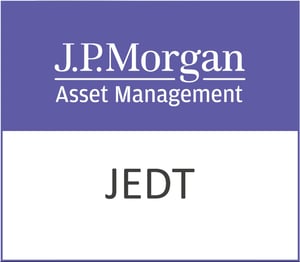Smithson Investment Trust plc, listed under the stock symbol SSON.L, presents an intriguing case for investors seeking exposure in the investment trust sector. With a robust market capitalisation of $1.68 billion and a current share price of 1492 GBp, Smithson stands as a notable player in the financial markets. Yet, despite its market presence, the company offers a financial enigma with much of its valuation metrics and performance indicators notably absent.
The share price’s recent performance, with a negligible change, suggests a period of stability. However, the stock has shown volatility over the past year, trading within a 52-week range of 1,290.00 to 1,568.00 GBp. This range indicates a level of investor uncertainty but also potential opportunities for those willing to delve deeper into the company’s strategic positioning.
Valuation metrics are typically the cornerstone of investment analysis, yet Smithson provides limited data in this regard. The absence of a trailing P/E ratio, forward P/E, and other conventional valuation measures such as price/book and price/sales ratios leave investors to rely on broader market assessments and the trust’s historical performance. This lack of clarity could be a double-edged sword; while some investors might shy away due to the ambiguity, others might see it as an opportunity to capitalise on less understood assets.
From a technical analysis perspective, Smithson’s stock is currently trading slightly below its 50-day moving average of 1,507.88 GBp and just above its 200-day moving average of 1,482.93 GBp, pointing to a potential inflection point. The Relative Strength Index (RSI) at 29.82 suggests that the stock is nearing oversold territory, which could potentially attract bargain hunters looking for a rebound.
The moving average convergence divergence (MACD) indicator, with a value of -9.14 against a signal line of -5.93, supports a bearish sentiment. This trend suggests that the stock may face further downward pressure unless there are changes in market sentiment or new information that could catalyse buying interest.
Despite the lack of available financial performance data—such as revenue growth, net income, and return on equity—Smithson’s market capitalisation and share price movements imply a level of operational stability. However, without clear insights into its dividend yield and payout ratio, income-focused investors may find it challenging to assess the trust’s attractiveness from a dividend perspective.
Analyst coverage is notably absent for Smithson, with no buy, hold, or sell ratings provided. This lack of external analysis may deter some investors, though it also suggests an under-the-radar opportunity for those who can perform their own due diligence.
For investors considering Smithson Investment Trust plc, the key lies in understanding the broader market dynamics and the trust’s potential to navigate these effectively. While the current data gaps might present challenges, they also offer a canvas for discerning investors to paint their own picture of Smithson’s future potential.









































